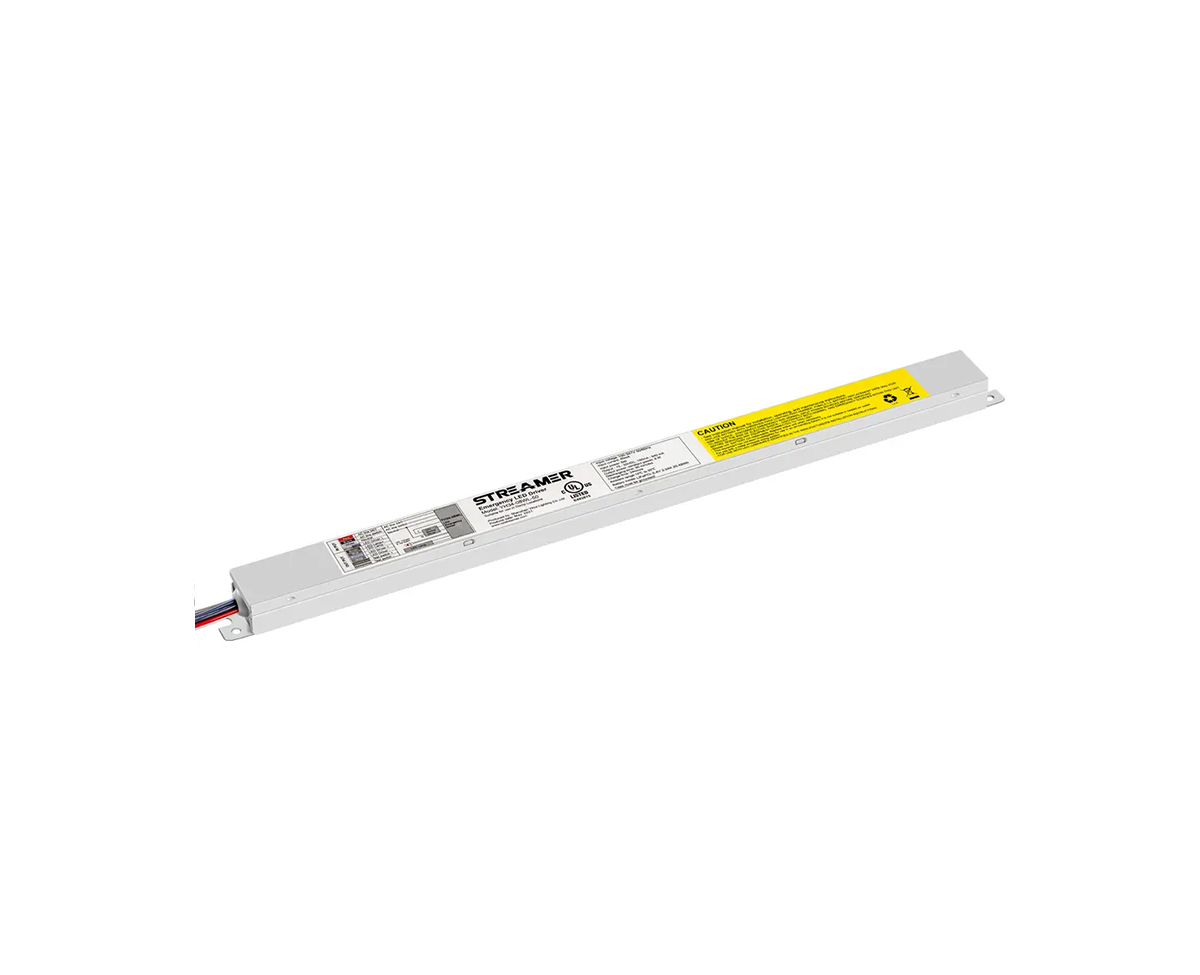 1
1
 May 05, 2025
May 05, 2025

The photovoltaic (PV) panel configuration of LED emergency converters is a key factor that influences the performance and efficiency of these systems. The configuration involves aspects such as the type, size, number, and arrangement of PV panels, all of which work together to optimize the energy - harvesting capabilities of the emergency converter.
The type of PV panel used is an important consideration. Monocrystalline PV panels are known for their high efficiency, which means they can convert a larger percentage of sunlight into electricity compared to other types. They are made from a single crystal of silicon, resulting in a uniform structure that allows for better electron flow. Polycrystalline PV panels, on the other hand, are made from multiple silicon crystals. While they are slightly less efficient than monocrystalline panels, they are more cost - effective and still offer good performance. Thin - film PV panels are another option, which are lightweight and flexible, making them suitable for applications where space or weight is a constraint, although their efficiency is generally lower than the first two types.
The size and number of PV panels in the configuration depend on the power requirements of the LED emergency converter. A larger panel or multiple panels will be able to capture more sunlight and generate more electrical energy, which is essential for charging the battery quickly and ensuring a sufficient power supply for the LED lights during emergencies. For example, in a large - scale outdoor emergency lighting system, a higher - power converter may require several large - sized PV panels connected in parallel or series to meet the energy demands.
The arrangement of PV panels also matters. Panels can be arranged in series or parallel. In a series connection, the voltage of the panels is added together while the current remains the same. This is useful when the goal is to increase the voltage output to match the requirements of the charging circuit. In a parallel connection, the current of the panels is combined while the voltage remains constant, which is beneficial for increasing the overall current output. A combination of series and parallel arrangements, known as a series - parallel configuration, can also be used to achieve both higher voltage and current, providing more flexibility in meeting the specific power needs of the LED emergency converter.
In addition, factors such as the orientation and tilt angle of the PV panels can significantly impact their performance. Properly orienting the panels to face the sun directly and adjusting the tilt angle according to the geographical location and season can maximize the amount of sunlight they receive, thereby enhancing the energy - harvesting efficiency of the LED emergency converter. Optimizing the PV panel configuration is crucial for ensuring that the emergency converter can operate effectively and provide reliable emergency lighting, especially in areas with different sunlight conditions.